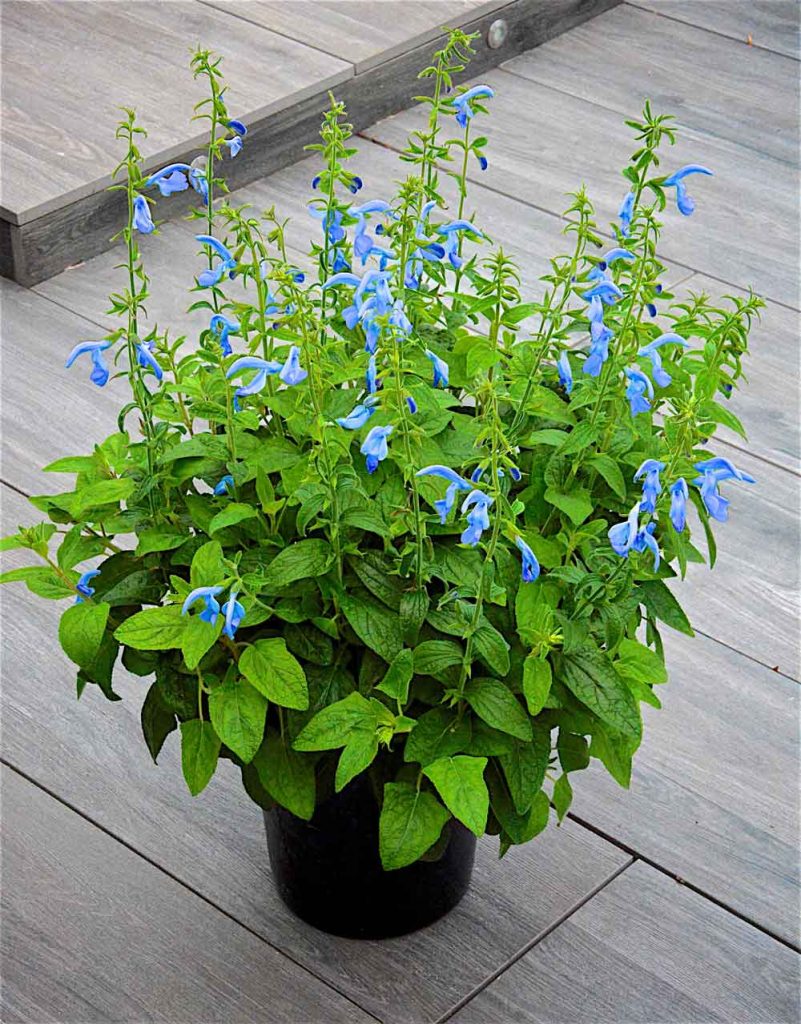

It can be propagated by division however, as a cultivated variety, be aware that it may be subject to certain restrictions or prohibitions on propagation.īeyond Blue™ Blue Fescue is a fine choice for the garden, but it is also a good selection for planting in outdoor pots and containers. This is a selected variety of a species not originally from North America. It is highly tolerant of urban pollution and will even thrive in inner city environments. It is not particular as to soil type or pH. It is considered to be drought-tolerant, and thus makes an ideal choice for a low-water garden or xeriscape application. It prefers to grow in average to dry locations, and dislikes excessive moisture.
Beyond blue plant full#
This plant does best in full sun to partial shade. As an evegreen perennial, this plant will typically keep its form and foliage year-round. It grows at a medium rate, and under ideal conditions can be expected to live for approximately 8 years. Its foliage tends to remain dense right to the ground, not requiring facer plants in front. It has no significant negative characteristics.īeyond Blue™ Blue Fescue is recommended for the following landscape applications īeyond Blue™ Blue Fescue will grow to be about 12 inches tall at maturity, with a spread of 18 inches.

This is a relatively low maintenance plant, and is best cleaned up in early spring before it resumes active growth for the season. It brings an extremely fine and delicate texture to the garden composition and should be used to full effect. The tan seed heads are carried on spikes from mid summer to late fall.īeyond Blue™ Blue Fescue is an herbaceous evergreen perennial grass with a mounded form. Its attractive grassy leaves remain steel blue in color throughout the year. United States Plant Patent PP#23,307 awarded January 1, 2013.Intense powder blue foliage that stays bright throughout the season makes a fantastic color accent in the border, not a spreading grass useful in dryer areas but try not to subject it to extremesīeyond Blue™ Blue Fescue is primarily valued in the garden for its interestingly mounded form. It has slender, cascading foliage that is intensely silver-blue throughout the growing season. It is an evergreen to semi-evergreen grass with a compact, dwarf habit that grows 3/4 to 1 ft. 'Casca11', sold under the trade name of BEYOND BLUE, was discovered in 2002 by Annemarie Blom of Haarsteeg, The Netherlands as a naturally occurring mutation of Festuca glauca 'Elijah Blue'. Specific epithet means with a white, powdery coating. Genus name comes from the Latin word meaning a grass stalk or straw. Flowers give way to buffy seed heads which some gardeners find attractive but others find detractive to both the symmetry of the plant and the foliage color. Light green flowers with a purple tinge appear in terminal panicles atop stems rising above the foliage in late spring to early summer, but inflorescences are not very showy. Foliage forms a dome-shaped, porcupine-like tuft of erect to arching, needle-like blades radiating upward and outward to a height of 6-8" (inflorescences typically bring total clump height to 10-14"). Festuca glauca, commonly called blue fescue, is a short-lived, low-growing, semi-evergreen, clump-forming ornamental grass noted for its glaucous, finely-textured, blue-gray foliage.


 0 kommentar(er)
0 kommentar(er)
